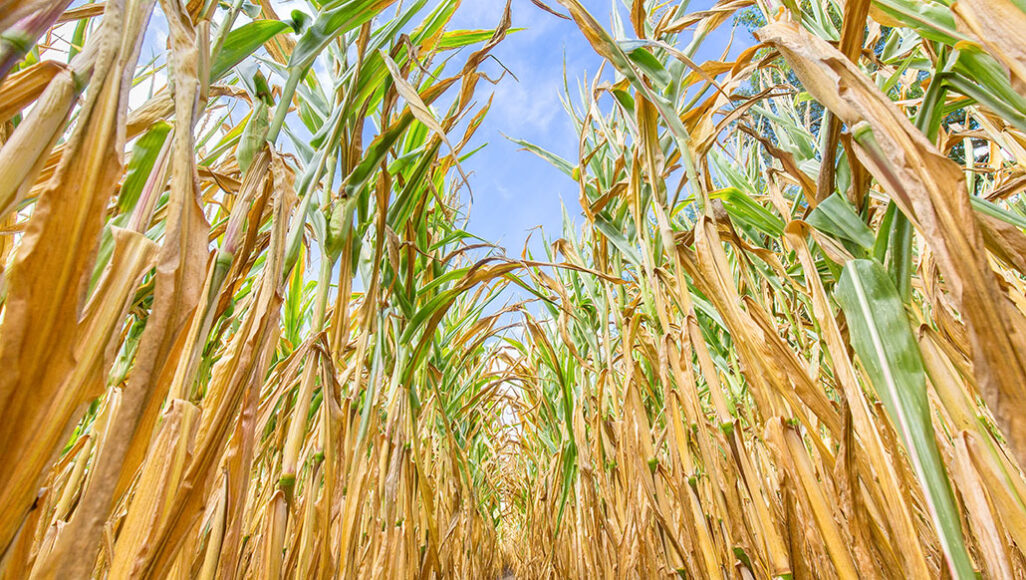Questions for ‘In blazing heat, some plants open leaf pores — and risk death’

Heat waves and droughts can have a roasting effect on vulnerable plants’ leaves. As the climate changes, blazing heat and lack of water may put some plants at greater risk.
Ben-Schonewille/iStock/Getty Images Plus